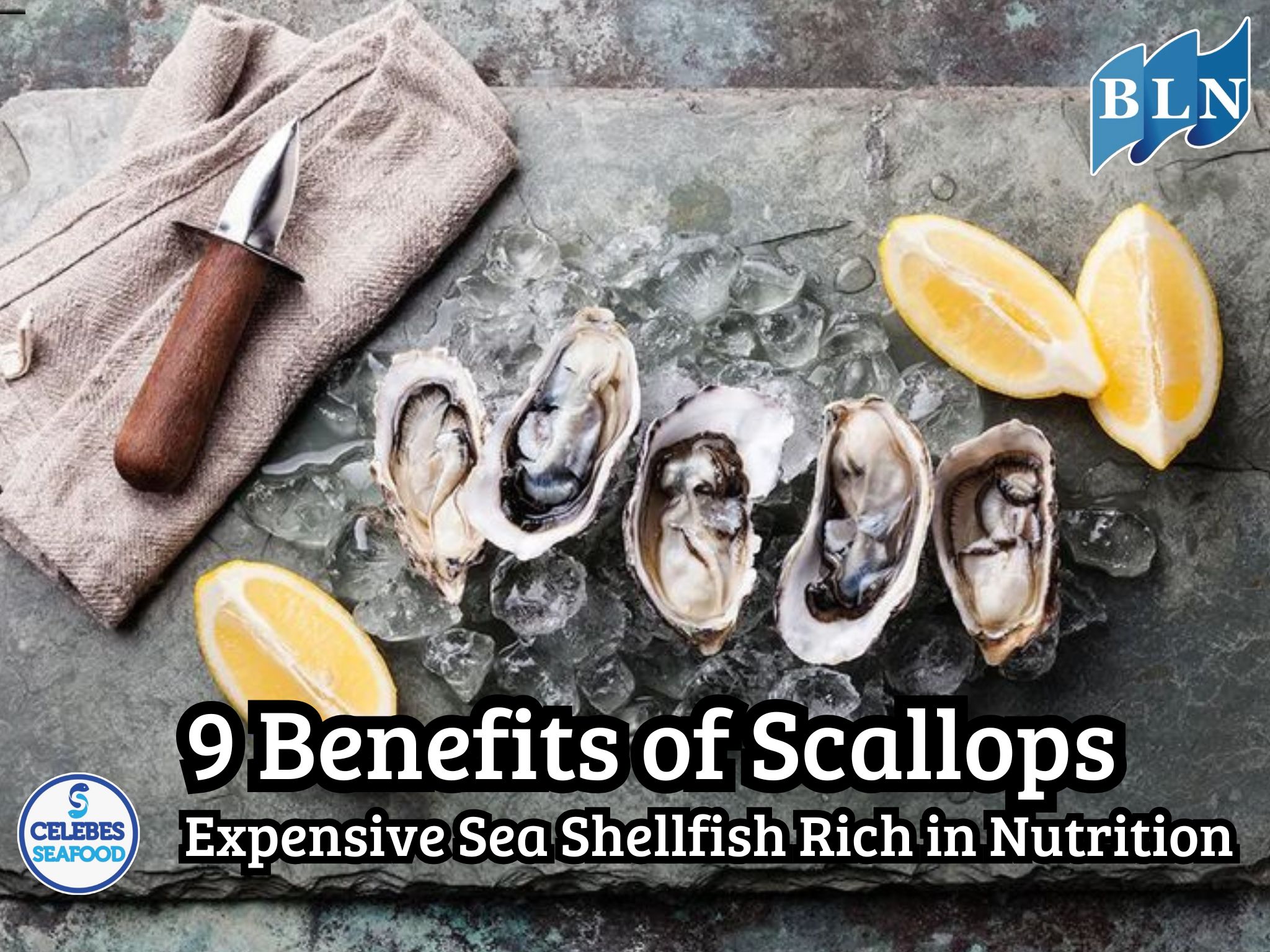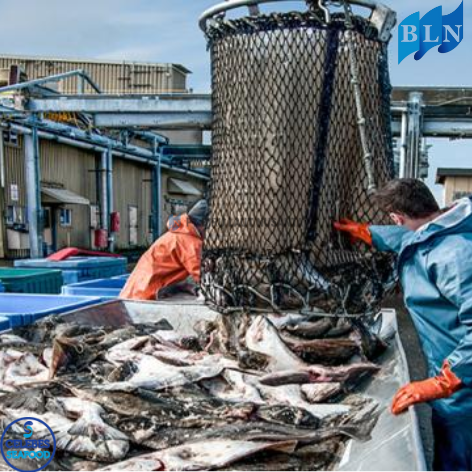Trends in Consumption of Fishery Products in Domestic and International Markets
By. Amma - 15 Apr 2025
lautnusantara.com Fishery product consumption refers to the level and pattern of people in consuming various types of fish and processed fish products. This includes frequency, quantity, type of fish chosen, and product form (fresh, processed, frozen, etc.)
1. Fishery Product Consumption Trends in Domestic Markets
- Increasing Consumption: In general, fishery product consumption in Indonesia shows an increasing trend. This is in line with population growth and increasing public awareness of fish nutrition. Fish is the main contributor of animal protein for the Indonesian people, reaching around 50% of total animal protein consumption.
- Fresh Product Preference: Indonesian people tend to prefer fresh fishery products over processed products. The reasons are cleanliness factors and the assumption that fresh products are healthier.
- Diversification of Processed Products: Although fresh products are more dominant, consumption of processed fishery products also shows development. Practicality factors, ease of preparation, affordable prices, and longer shelf life are the attractions of processed products such as otak-otak, fish crackers, shredded meat, fish balls, and pempek.
- Influence of Socioeconomic Factors: Income level, education, number of family members, place of residence, and individual tastes also influence fish consumption patterns in society. People with higher incomes and better education levels tend to have more diverse consumption patterns.
- The Role of Traditional and Modern Markets: Traditional markets are still the main place for people to get fishery products, especially for fresh products. However, modern markets and e-commerce are also starting to play a role in distributing fishery products, especially processed and frozen products.
- Fish Type Preferences: Several types of freshwater fish such as catfish, tilapia, and mujair are quite popular among the public. For marine fishery products, types such as tuna, squid, anchovies, and sardines are also widely consumed.
2. Trends in Consumption of Fishery Products in the International Market
- Increasing Global Demand: Global demand for fishery products continues to increase. This is driven by world population growth, increasing awareness of the health benefits of fish, and changes in lifestyle that are more directed towards consuming healthy foods.
- Product Added Value: The international market tends to value fishery products with added value, such as processed products, frozen fillets, and ready-to-eat products. Downstreaming the fisheries sector is key to increasing competitiveness and export value.
- Focus on Sustainability: Sustainability issues are increasingly becoming a concern for global consumers. Ecolabeled fisheries products and those derived from responsible farming practices are in increasing demand.
- Product and Species Diversification: International markets are showing interest in a wider range of fisheries products, including species that may be less popular in the domestic market. Products such as shrimp, tuna, lobster, seaweed, and crab are Indonesia's main export commodities.
- Influence of Health Trends: Health food trends and certain diets (e.g., high protein, low fat) are also influencing demand for certain fisheries products. Fatty fish such as salmon and tuna, which are rich in omega-3, are increasingly in demand.
- The Role of E-commerce and Supply Chains: E-commerce and efficient supply chain systems play a critical role in the distribution of fisheries products in international markets, enabling wider market reach and delivery of products with guaranteed quality.
- Food Quality and Safety Standards: International markets have strict food quality and safety standards. Exported fisheries products must meet these requirements in order to compete.
3. Factors Influencing Consumption Trends (Domestic and International)
- Income: The level of income of the community significantly affects purchasing power and the types of fishery products consumed.
- Price: The price of fishery products is an important consideration for consumers in making purchasing decisions.
- Availability: The availability and ease of access to fishery products in various regions affect consumption levels.
- Preferences and Tastes: Individual tastes and preferences for types of fish and how they are processed vary widely and influence consumption choices.
- Nutrition and Health Awareness: Increasing awareness of the nutritional benefits of fish encourages consumption of fishery products.
- Culture and Tradition: Local eating habits and culinary traditions help shape fish consumption patterns.
- Promotion and Marketing: Effective promotion and marketing efforts can increase interest in and consumption of fishery products.
- Regulations and Policies: Government policies related to fisheries, trade, and food security can affect the availability and prices of fishery products.
- Sustainability and Environmental Issues: Concerns about ocean conditions and the sustainability of fishery resources are starting to influence consumer choices, especially in international markets.
Understanding these consumption trends is important for fisheries industry players, government, and other stakeholders to develop appropriate production, processing, and marketing strategies, both to meet domestic market needs and to take advantage of opportunities in the international market.
If you are interested in our product WAHOO NATURAL CUT FILLET SKIN ON, WAHOO QUARTER CUT FILLET SKIN ON please do not hesitate to contact us through email and/or whatsapp.



.jpg)



